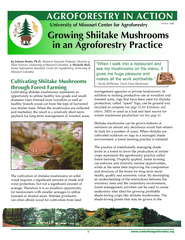PDF-AGROFORES1RS IH AC1IOH
Author : alida-meadow | Published Date : 2015-08-01
understory of a forest are often termed nontimber forest products However to accomplish this forest canopy densities must be controlled Onderstanding the Shiitake
Presentation Embed Code
Download Presentation
Download Presentation The PPT/PDF document "AGROFORES1RS IH AC1IOH" is the property of its rightful owner. Permission is granted to download and print the materials on this website for personal, non-commercial use only, and to display it on your personal computer provided you do not modify the materials and that you retain all copyright notices contained in the materials. By downloading content from our website, you accept the terms of this agreement.
AGROFORES1RS IH AC1IOH: Transcript
Download Rules Of Document
"AGROFORES1RS IH AC1IOH"The content belongs to its owner. You may download and print it for personal use, without modification, and keep all copyright notices. By downloading, you agree to these terms.
Related Documents

